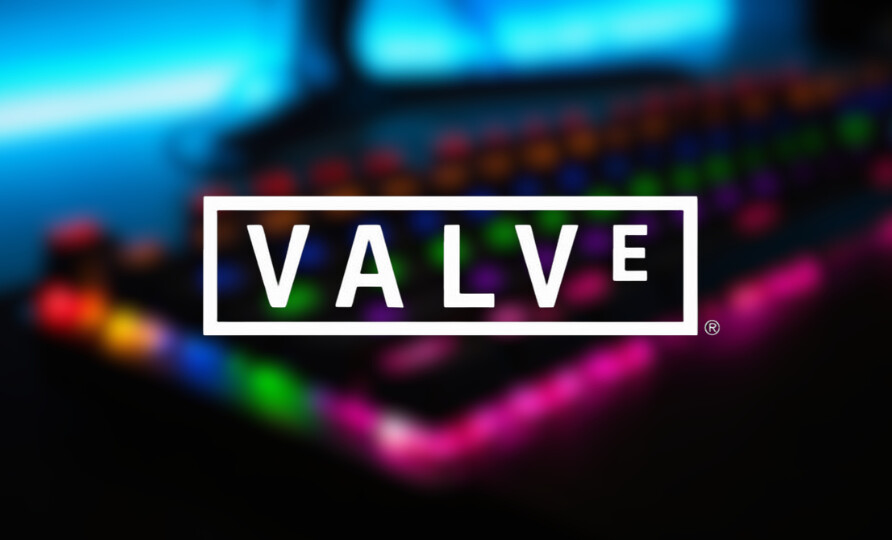In a surprising turn of events, gamers are discovering a new dimension to virtual reality (VR) with the Quest 3 headset. Contrary to conventional VR experiences, users are leveraging apps like Virtual Desktop to engage in flatscreen gaming on a virtual giant screen. This innovative approach, tested with games like Cyberpunk 2077 running on an RTX 4090 with ultra settings and full ray tracing at 1440p, has left users suitably impressed. The visual quality of the Quest 3 and its counterpart, the PSVR 2, is challenging the norms of traditional monitor and TV setups, opening the door to high-end gaming experiences without being tethered to a desk.
Impressive visual parity: Quest 3 vs. 4K monitor
One of the standout features of the Quest 3 is its ability to deliver a gaming experience comparable to that of a 4K monitor. Users have reported minimal differences in visual quality when swapping between the Quest 3 view and a 4K monitor at 1440p. This breakthrough allows gamers to enjoy high-end settings and full immersion without compromising on visual fidelity, even when sitting farther away from the display. The Quest 3’s remarkable resolution and wireless capabilities make it a versatile choice for those seeking top-notch visuals without being confined to a traditional gaming setup.
Unprecedented portability: Gaming anywhere, anytime
Unlike its predecessors, the Quest 3 introduces a level of portability previously unseen in VR gaming. The ability to engage in 2D gaming on a large virtual screen without being tied to a desk provides an unprecedented level of freedom. Whether gaming in the garden or moving around within the home or office, the Quest 3’s standalone capabilities redefine the concept of portable gaming. With the potential to rival handheld gaming devices, this new dimension of VR gaming offers a high-quality and immersive experience without the need to relocate a powerful gaming PC.
Speech-to-text integration: A seamless experience
Adding to the allure of Quest 3 is the integration of speech-to-text options in Virtual Desktop. Users are now able to construct posts, like this one, entirely through microphone speech-to-text functionality, emphasizing the headset’s convenience for a variety of tasks beyond gaming. This improvement in speech-to-text technology further enhances the Quest 3’s appeal as a portable device, eliminating the need for a keyboard and monitor for certain activities. The seamless integration of this feature underscores the potential of the Quest 3 beyond traditional gaming applications.
Quest 3 and PSVR 2 as game changers
As the Quest 3 paves the way for a new era of VR gaming, questions arise about why this innovative use of the headset isn’t being actively promoted by Meta, the company behind the Quest series, or even Sony with its upcoming PSVR 2. While VR headsets are traditionally associated with immersive experiences, their newfound ability to deliver high-quality flatscreen gaming experiences challenges preconceptions. The convergence of VR and flatscreen gaming on the Quest 3 suggests a promising future for the technology, potentially reshaping how gamers approach both traditional and virtual gaming spaces.
A game-changing paradigm shift
Quest 3’s foray into flatscreen gaming is signaling a paradigm shift in the world of virtual reality. The ability to match or even surpass the visual quality of traditional 4K monitors, coupled with the freedom of wireless, standalone gaming, positions the Quest 3 as a game-changer. With additional features like speech-to-text integration, the headset is proving its versatility beyond gaming. As the technology evolves, it will be interesting to see how other VR platforms, including the highly anticipated PSVR 2, respond to this new frontier in virtual gaming. The future of gaming may indeed be more immersive and portable than we ever imagined.





